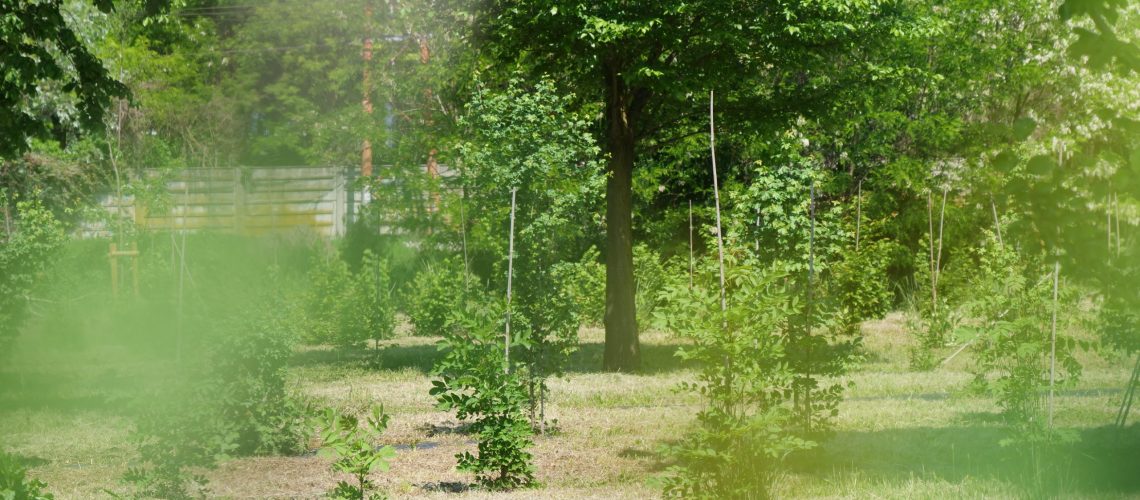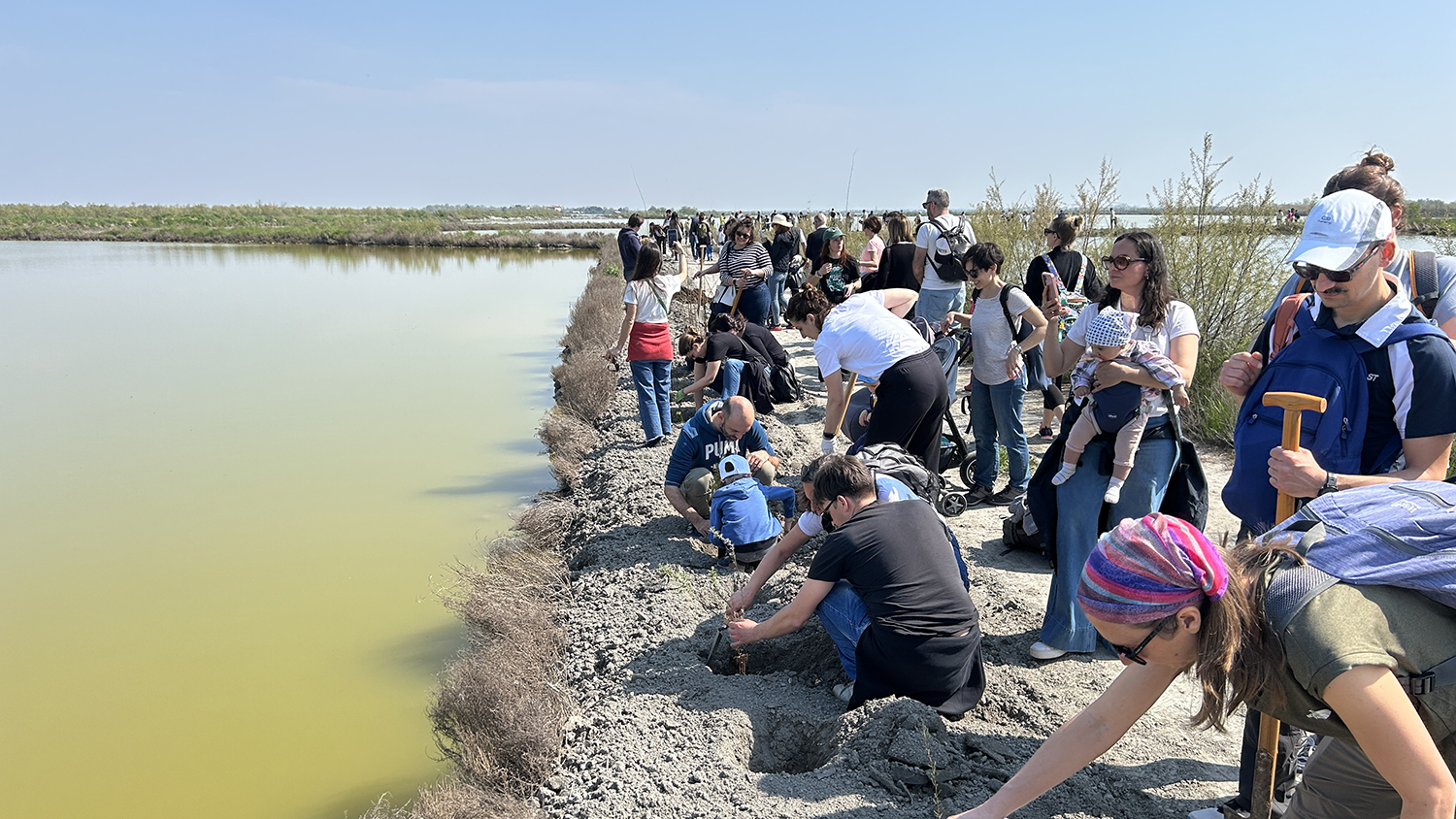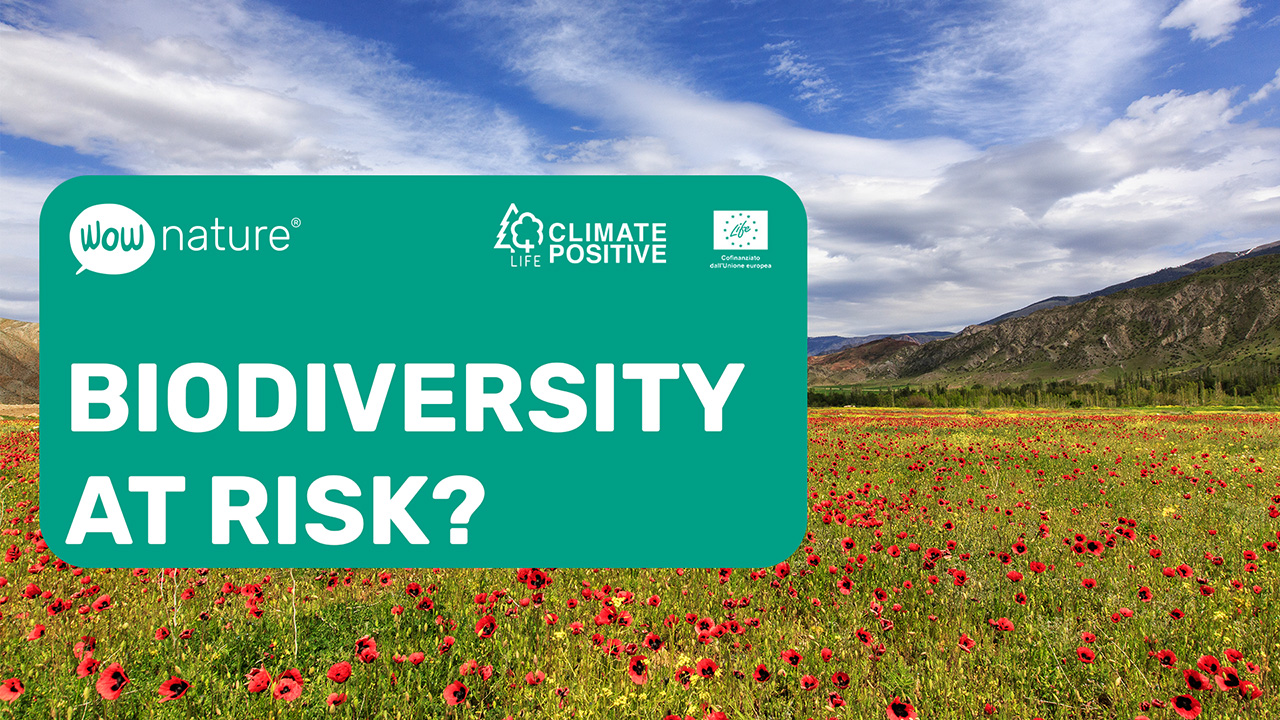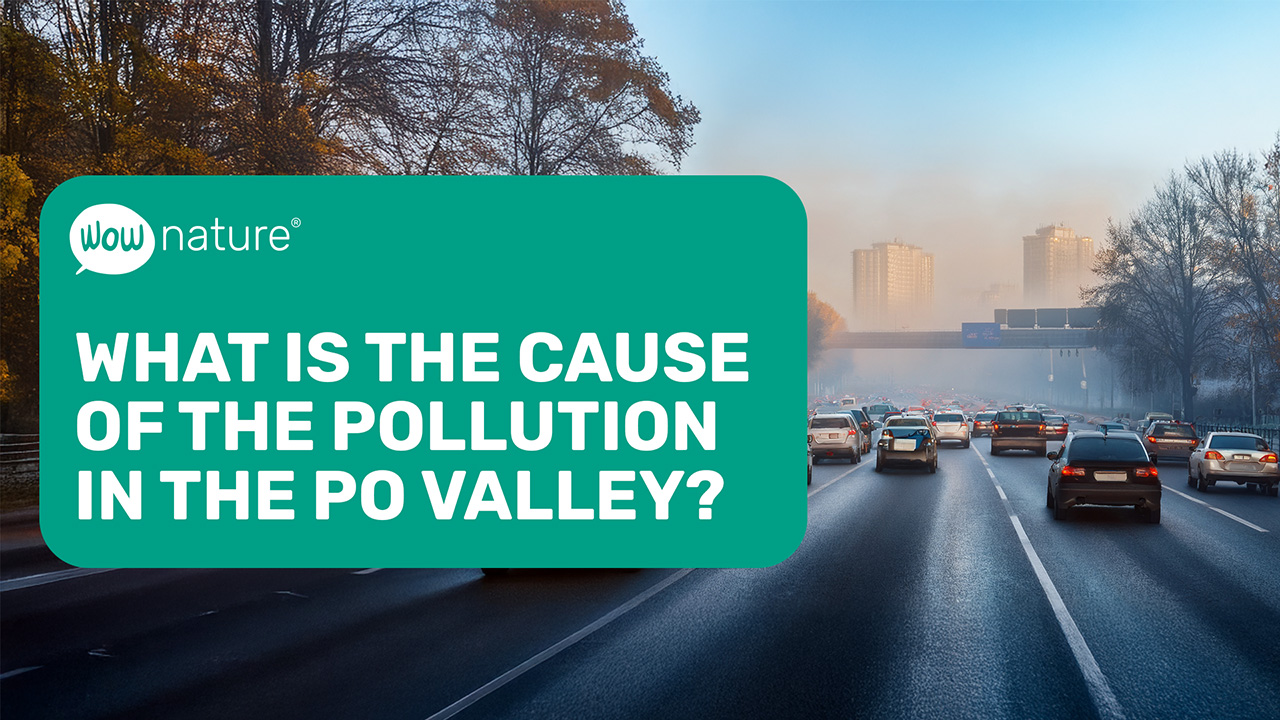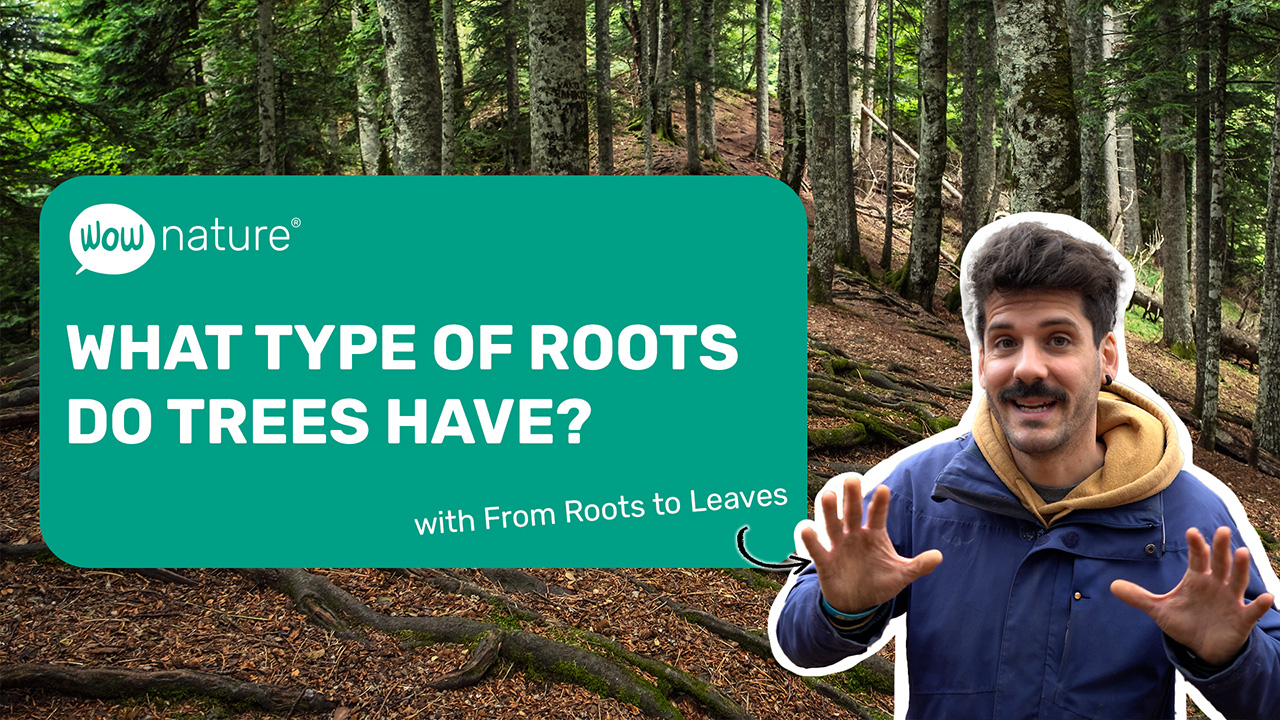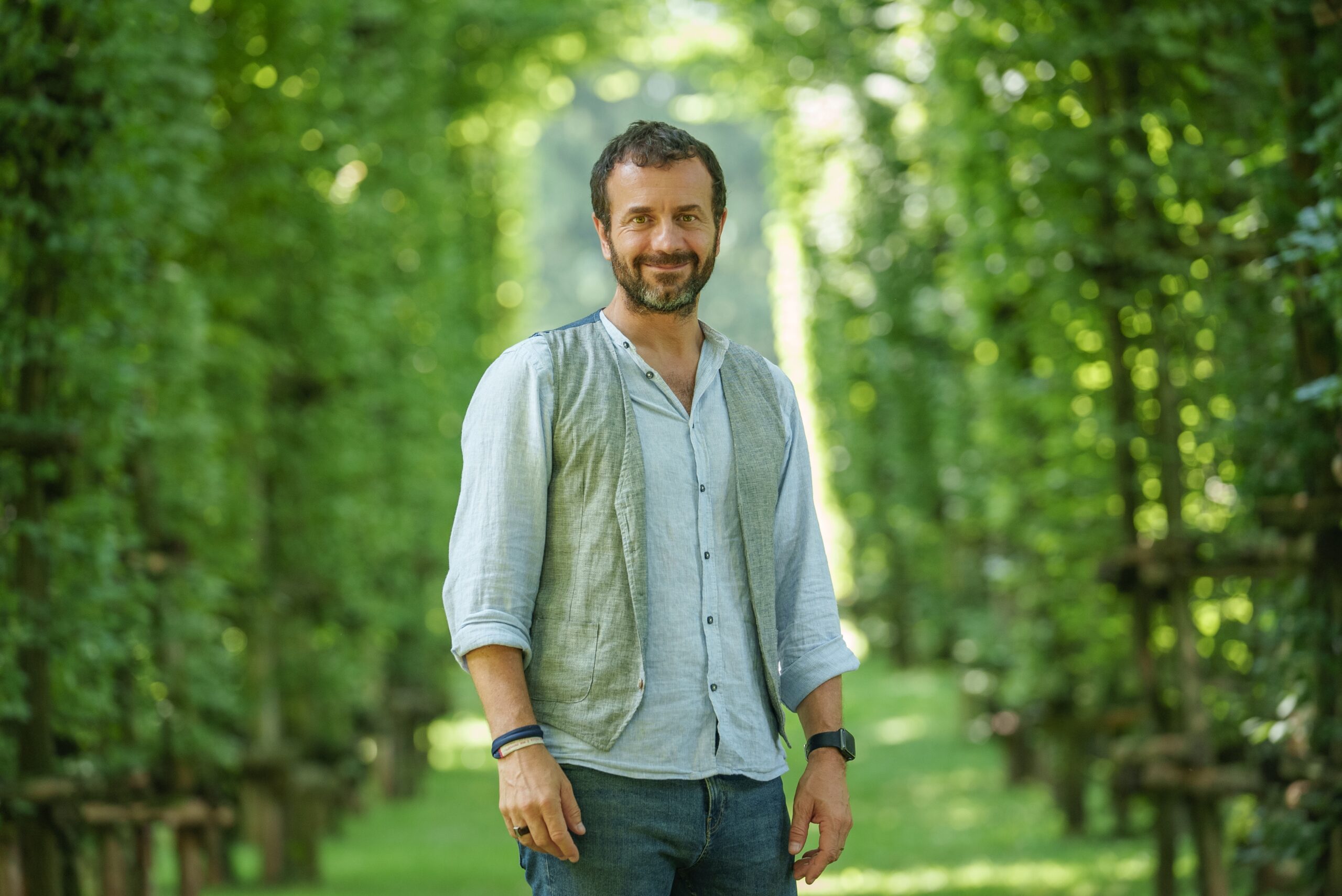
Maintenance in Padova O2 project urban forests
The month of May 2022 marks the beginning of the maintenance season for the urban forests that are part of the Padova O2 project. The project, which began in 2018 with the identification in Padua of areas that could accommodate new urban forests, culminated in February 2020 with the planting of 8,091 new trees.Strongly desired by the Padua city administration, it was one of the first Italian projects to combat the climate crisis by creating new urban forests in a public-private participatory mode.
Urban forests, just like forests, must be maintained and managed in an efficient and responsible way: the maintenance plan, already approved for the first years because they are the most intense from the maintenance point of view, in fact provides for periodic interventions to ensure their proper growth.
The plan includes these activities:
- Grass mowing: work with annual deadlines commensurate with herbaceous growth and thus seasonal rainfall. The first mowing, scheduled for May, may be delayed to encourage full herbaceous spring flowering with melliferous functions.
- Collar weed removal: intervention to be performed between May and June each year but only in the very early years.
- Replanting failures: replanting of species that have shown greater vigor and resistance to the individual site during the first year.
- Relief irrigation: to be carried out between May and July on an as-needed basis every two weeks when there is no rainfall.
- Mulch sheet removal: removed within 5 years on 100% of the area except for individual sections where for reasons of poor growth of the tree component it is not decided to postpone further.
- Information boards: if damaged by wind and weather and/or vandalized should be reprinted and replaced.
During our visits to the urban woods, we could see that all the work has been carried out and no panels have been vandalized or ruined, a sign that the project is going great and that residents are happy with how the woods are growing just a few meters from their homes.



